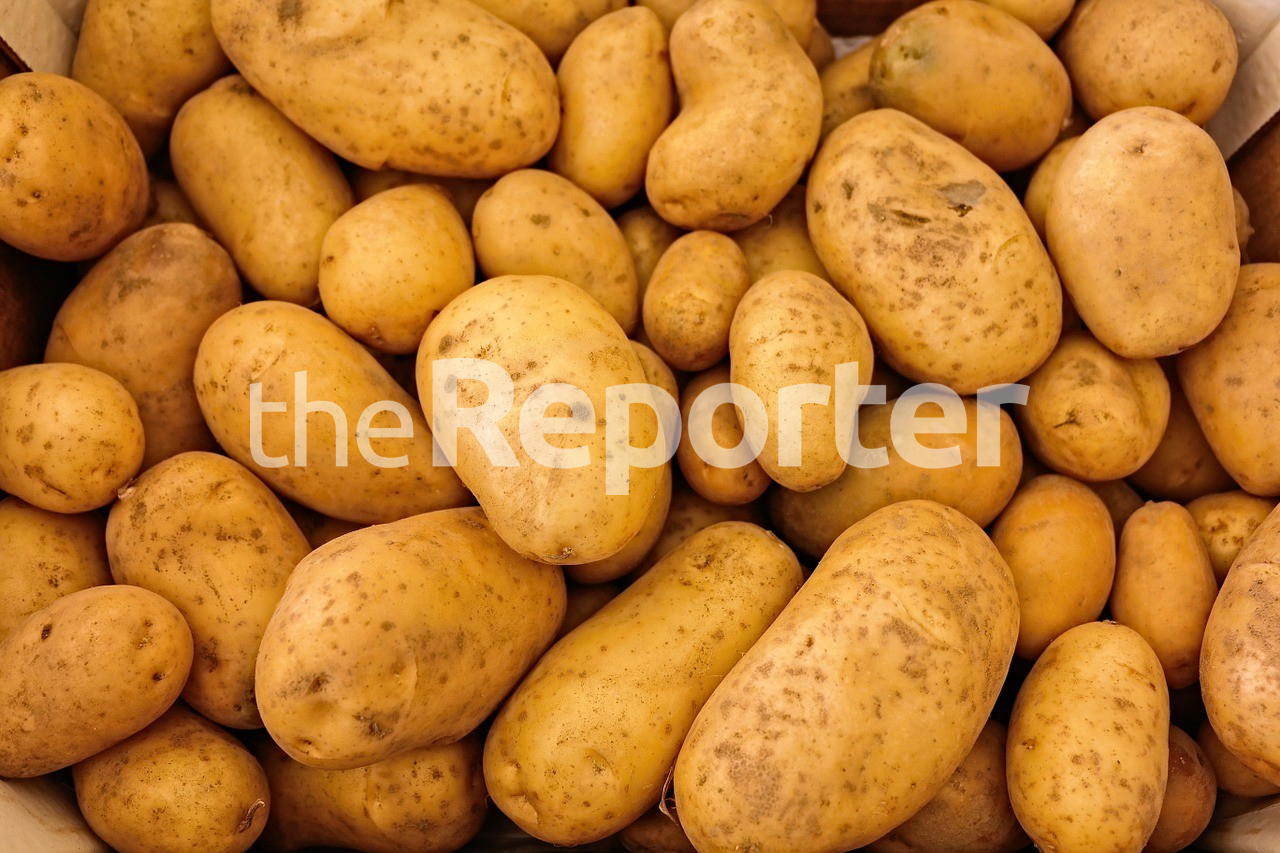By Neo Kolane
The potato is the third most consumed food commodity in the world which therefore has the potential to contribute to alleviation of food insecurity especially in developing economies such as Lesotho.
Lesotho is at a high altitude and has an agro-climate that is suitable for potato production in the same way as countries like the United Kingdom, the Republic of Ireland and the Netherlands as well as the original home of the potato in Peru.
Local farmer, says Chaka Ntsane, post-harvest losses amount to 50 percent due to either pests or rotting. Ntsane is also the inventor of ‘Motoho oa Litapole’. Traditionally, motoho is a fermented, non-alcoholic sorghum beverage or porridge. But Ntsane makes his beverage from potatoes.
He told theReporter that the porridge is made by salvaging what would otherwise be post-harvest losses: those small potatoes that cannot make it to the shelves of different supermarkets or restaurants because they have suffered cuts.
The Maseru-West resident said they do this to avoid anything going to waste unnecessarily.
“Our product is in high demand at the Lesotho College of Education where they want supplies to sell it in their tuck-shop. Recently, people from the Basotho Enterprises Development Corporation have advised me to take my motoho to the NUL Innovation Hub for a precise nutritional analysis and determine its shelve life.
“We are still in talks with the Council for Scientific and Industrial Research for South Africa (CSIR). They, too, are keen to take our products, and they analyze, brand and improve their quality to prepare them for international markets.
Ntsane owns a farm called Giuleitta at Lancers Gap, where the porridge is also produced.
He added that G is a processing department of Giuleitta farm, this is where tomato juice, potato sauce, tomato jam and tomato sauce.
“Conventionally, potatoes are eaten as they are, as french fries, mashed or crisps (a wafer-thin slice of potato fried or baked until crisp and eaten as a snack), or roasted. They are just cooked and not processed.
“The journey of a potato as a crop has 12 stations, namely; breeding, nutrition, health care, husbandry, harvesting, transportation, storage, processing, marketing, consumption and recycle. We are in the processing stage, because it is an essential step of the chain of a commodity.
“The porridge was first developed last year and we are currently in the process of perfecting its taste and viscosity; we have reached a point where even people produce it are consistent. I employ four people and work with nutritionists and home economists of the ministry of agriculture.”
Asked about the ingredients of his flagship porridge, Ntsane was quick to point out that ‘it is a trade secret’.
Ntsane’s farm is equipped with a park home from which he produces stuff like tomato juice and sauce, and potato sauce. But of course, his leading product is the potato porridge, or motoho.
“I would like people to know that potatoes are wholesome, a starchy vegetable with a high content of healthy carbohydrates. They’re rich in fibre, low in calories, and contain vitamins.”
“During the launch of the Sethala exhibition platform recently, the chief executive of BEDCO encouraged people to taste the porridge and they did so in large numbers.
“I remember those people from the Lesotho College of Education loved it, but commented that that it tastes and looks like mahleu (a nonalcoholic drink made from fermented mealie meal),” he said.









